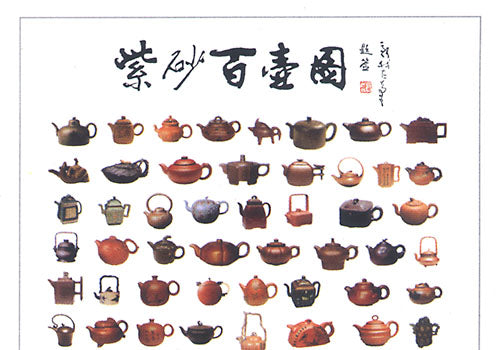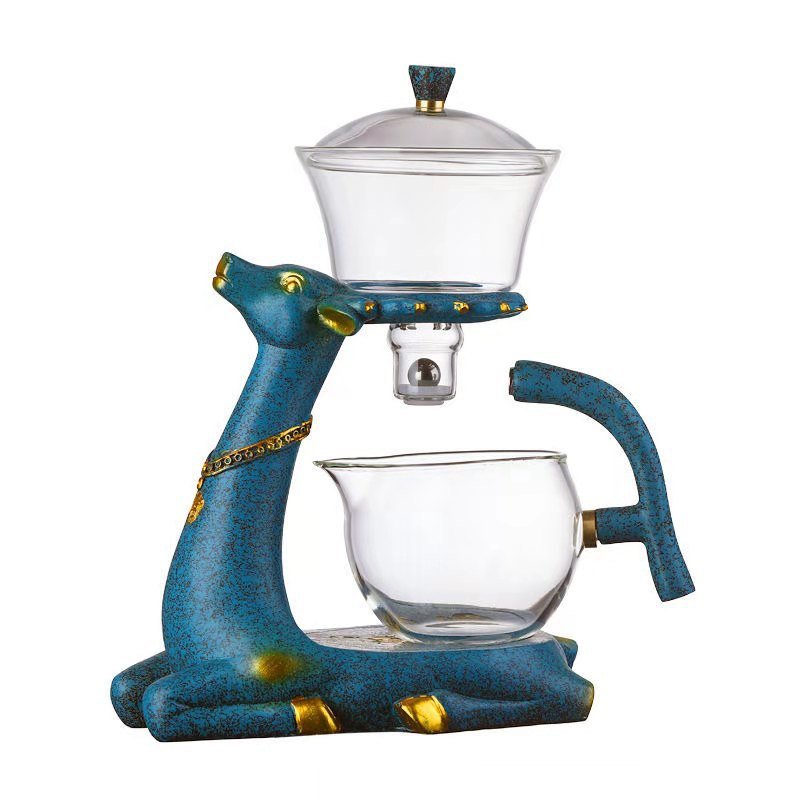
The History of Yixing Tea Set and Its Influence on Early European Ceramics
The Yixing tea set, also known as "purple clay" or "red clay," is a type of traditional Chinese ceramics that originated in the town of Yixing in the Jiangsu province of China. These tea sets were originally made from a type of clay found in the region, known for its reddish-purple color and porous nature.
The characteristics of Yixing teapot

Made from Yixing clay: Yixing tea sets are made from a type of clay found in the Yixing region of China. This clay is known for its porous nature and ability to absorb the flavors of tea over time.
Handcrafted: Yixing tea sets are typically handmade by skilled artisans, making each piece unique.
Traditional designs: Many Yixing tea sets have traditional Chinese designs and patterns, such as dragons, lotus flowers, and landscapes.
Single-use teapots: Yixing teapots are often used for a single type of tea, as the porous clay absorbs the flavors of the tea and enhances its taste over time.
Small size: Yixing tea sets are typically small in size, with teapots holding only about 6-8 ounces of tea.
High-quality materials: Yixing tea sets are made from high-quality clay and are often glazed with a glossy finish.
Durability: Yixing tea sets are known for their durability and can last for many years with proper care.
Collectible: Many people collect Yixing tea sets due to their unique designs and cultural significance.
The History of Yixing teapot

The production of Yixing tea sets began during the Ming Dynasty (1368-1644) and quickly gained popularity due to their unique color, durability, and ability to retain heat. The sets were often made in small batches by skilled craftsmen and were considered a luxury item.
In the late 19th and early 20th centuries, Yixing tea sets began to gain popularity in Europe. Many European ceramics artists were inspired by the intricate designs and craftsmanship of the sets and began to incorporate similar techniques and styles into their own work.
This influence can be seen in the work of famous European ceramics artists such as Bernard Leach and Michael Cardew, who were both heavily influenced by traditional Chinese pottery techniques. The popularity of Yixing tea sets also played a role in the development of the Arts and Crafts movement in Europe, which focused on traditional craftsmanship and rejected mass-produced goods.
Today, Yixing tea sets are still highly prized for their beauty and functionality and are considered a symbol of cultural heritage in China. They continue to influence modern ceramics art and design around the world.
